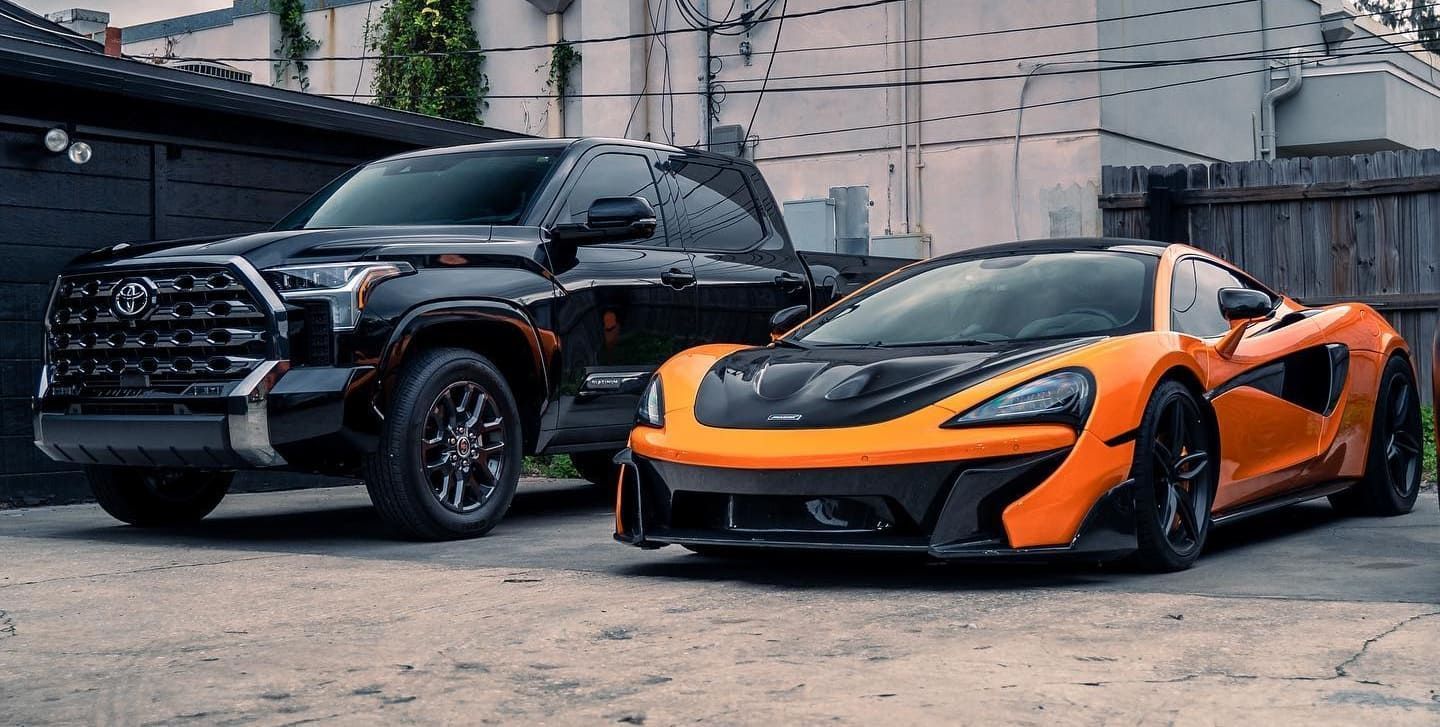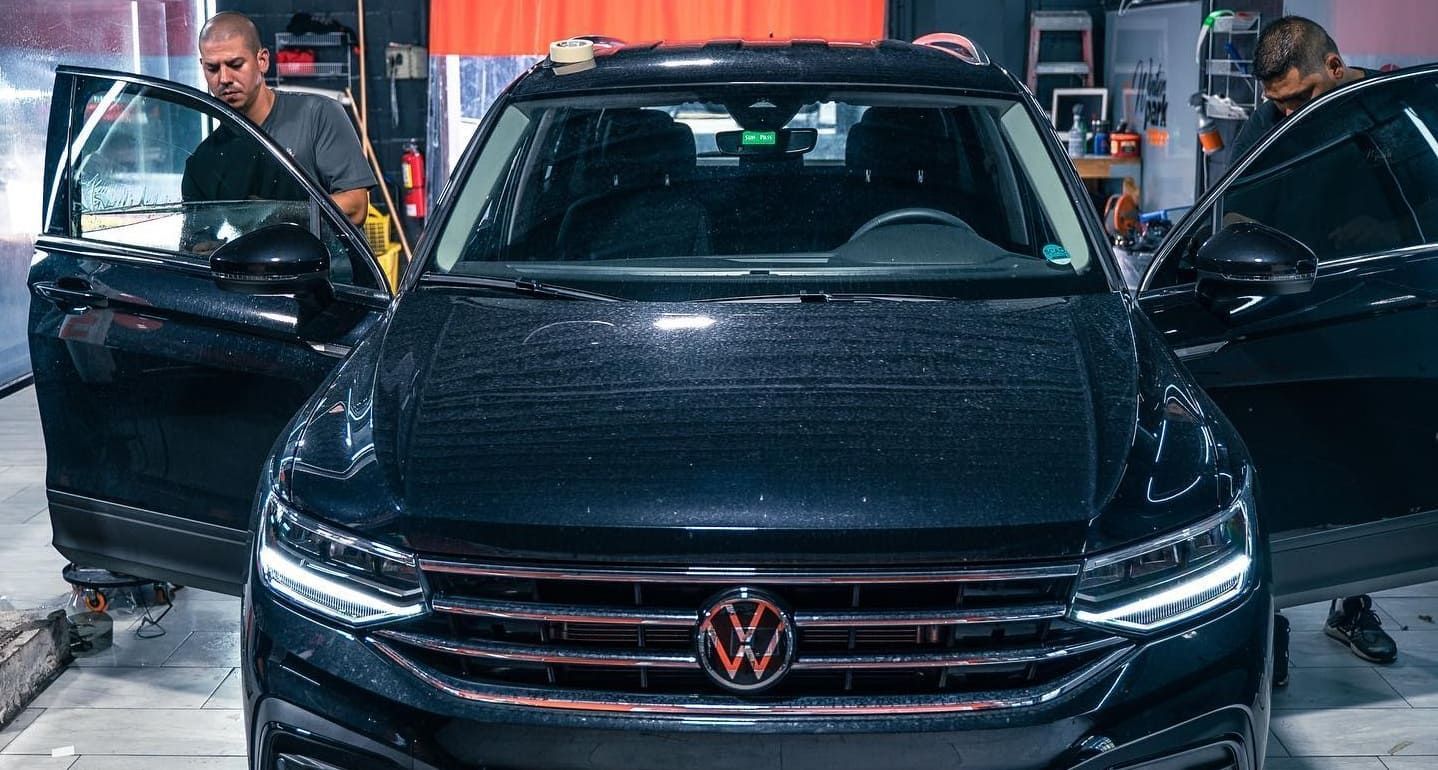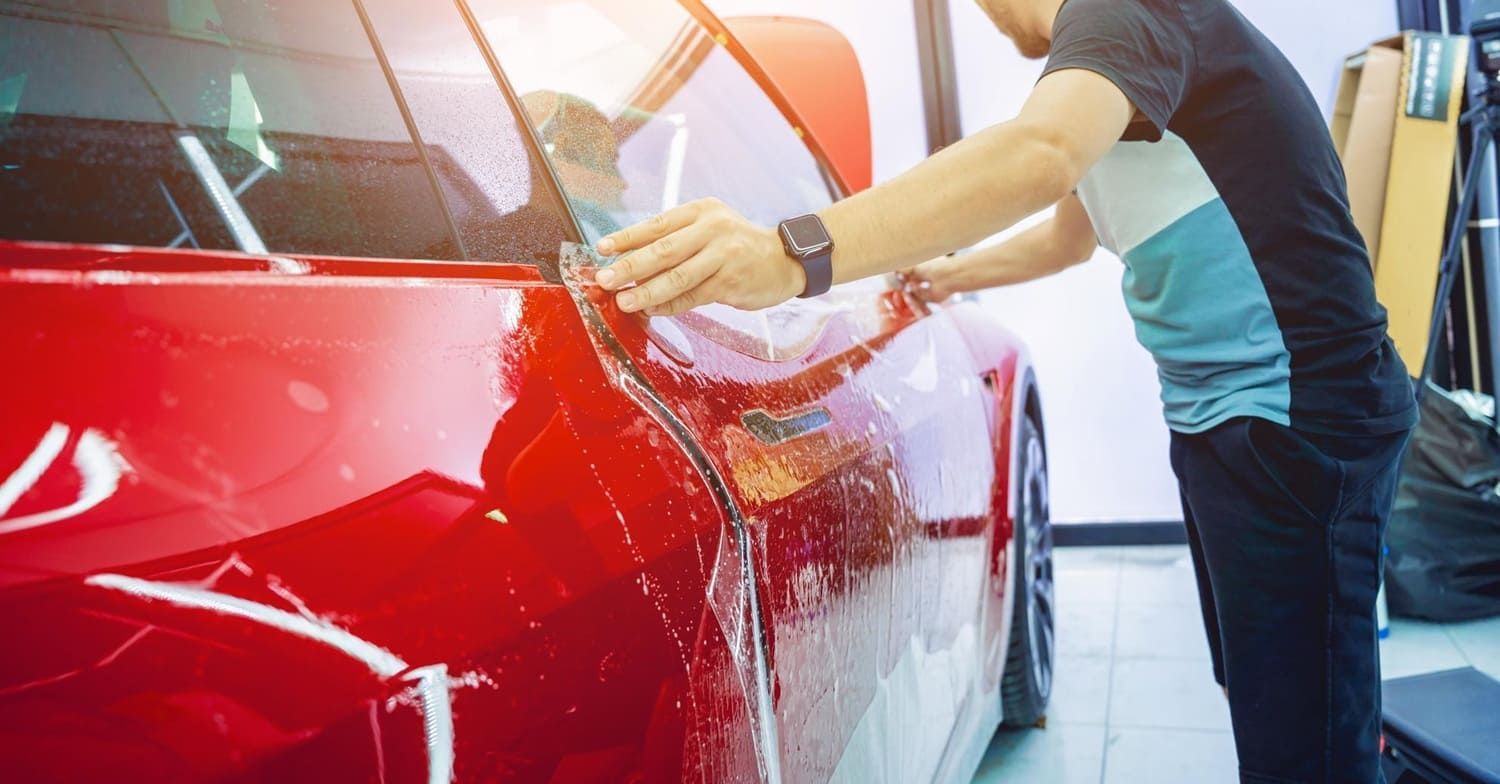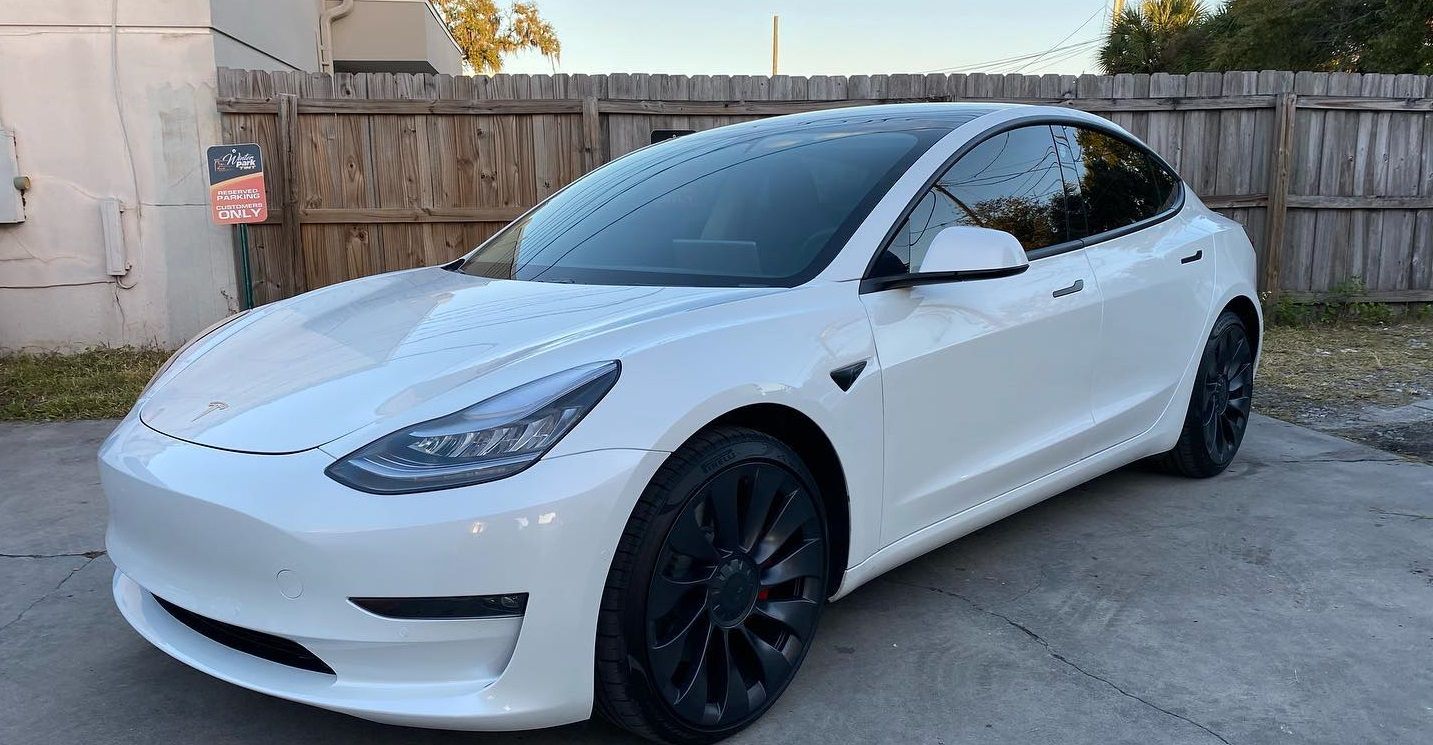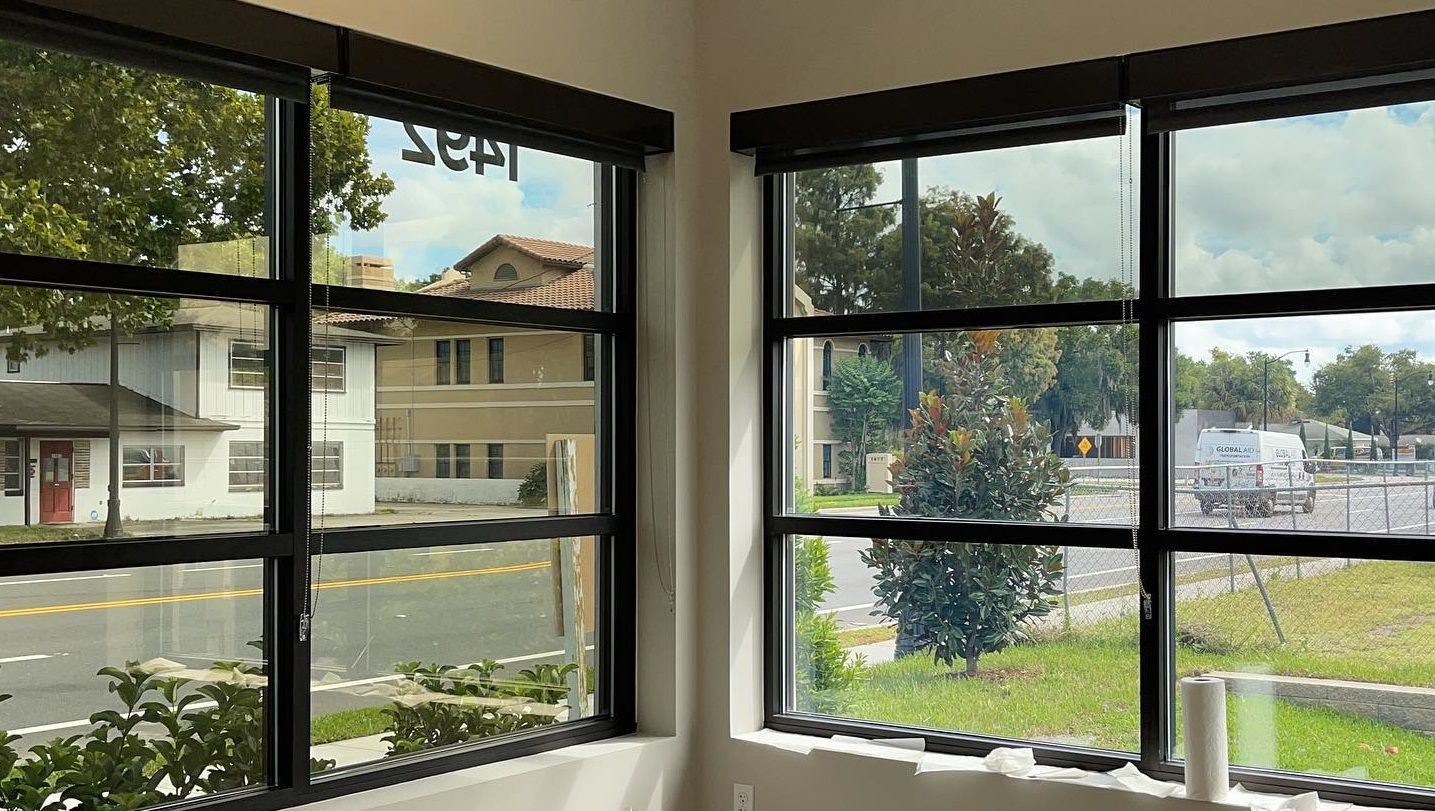The Science Behind Residential Window Tinting: How It Works to Keep You Comfortable
Window tint for homes keeps your energy bills lower and works to keep you more comfortable. How does it work? Learn the science here.

The window tint film market (which includes window tint for homes) was $11.2 billion in 2022. With the many advantages that this product has, its popularity makes sense.
But one thing that people don't often think about is why residential window tinting has these advantages. What gives it the ability to keep sunlight out of your home? That is what this article will investigate.
Read on to learn about how window tinting works.
What Is Residential Window Tinting?
Residential window tinting is a film that professional services or homeowners install on home windows. Other types of window tinting exist for boats and vehicles. Experts also categorize different window tintings based on their purposes and components.
The main component of this film is usually polyethylene terephthalate (PET). This is a thermoplastic polymer resin material that is closely related to polyester. It is also a material with high tensile strength, transparency, and dimensional stability.
PET also allows a variety of materials to stick to its surface or become embedded in it. You'll see why this is important in a moment.
The Abilities of Window Tinting for Homes
So before getting into how window tinting works, let's go over the exact abilities that it has. You may know this already, but a refresher shouldn't hurt.
Keeps Sunlight Out
Residential window tinting can keep some to most of the sun's rays out of your home. With that ability, it can improve the interior of your home in several ways.
Keeps Home Cool
When sunlight gets into your home, it brings the heat with it. The more sunlight that window tinting keeps out of your home, the more heat it keeps out of your home.
And keeping cool isn't just a benefit of comfort. It can also give you lower energy bills. Homeowners in cool homes don't need to crank the AC as much.
Keeps Upholstery Safe
Other things that sunlight brings with it are UV rays. If these hit your furnishings too often, any colors will fade. Over time, this can make your furniture appear ugly.
Keeps Your Skin Safe
You won't get a sunburn by sitting near an open window for too long. Any glass window will block the UV ray that causes sunburns. But it doesn't block the UV ray that can cause your skin to age.
Window tinting blocks the latter UV ray. This will keep your skin completely safe.
Keep Prying Eyes Out
Window tinting can prevent nosy busybodies or potential burglars from seeing into your homes. That way, your privacy is secure and any valuable items you have won't deter thieves.
Keeps Glass Together
Unfortunately, residential window tinting doesn't have the strength to protect your window from shattering. If someone throws a rock at your tinted window, it will shatter.
However, the newly created glass shards won't fall into a pile on the floor. They should stay together on top of the window tinting. Because of this, no one will get injured from coming into contact with the glass shards.
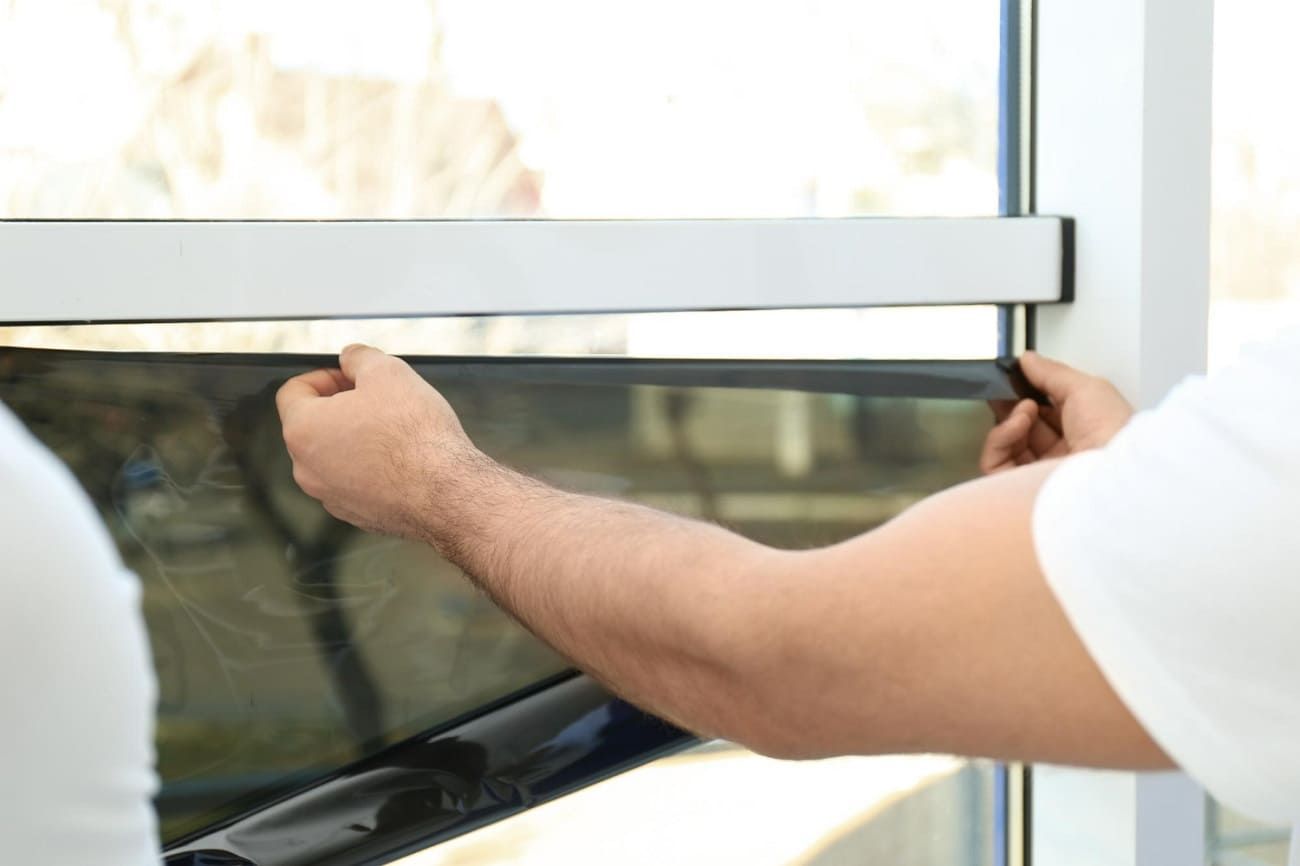
Why Window Tinting Has These Abilities
So what's the secret that manufacturers use to make window tinting this way? It has to do with something called a sputter coating.
What's a Sputter Coating?
A sputter coating is the manufacturer's term for a coating of metal particles. Manufacturing companies apply this to tinting so that it rejects sunlight. The type and amount of sputter coating they apply varies from product to product.
How much sputter coating manufacturers apply depends on each tint product's visible light transmission. The more sputter coating that manufacturers apply, the lower a product's VLT.
What Is Visible Light Transmission (VLT)?
The phrase visible light transmission (VLT) refers to the amount of visible light that makes it through a material. Experts usually express this amount as a percentage.
So a window tint with 40% VLT only lets 40% of total sunlight through. 60% of the sunlight bounces off the metal particles. The lower the VLT, the less light it lets through and the darker the tint looks.
Here are a few more examples:
- 10% VLT = 10% of sunlight gets through; 90% of sunlight bounces off
- 24% VLT = 35% of sunlight gets through; 65% of sunlight bounces off
- 68% VLT = 68% of sunlight gets through; 32% of sunlight bounces off
Why Does Tinting Hide Interiors?
To know why tinting hides interiors, you have to know why our eyes can see objects. To see, our eyes need the light that comes from the sun or anything that produces light. After that light bounces off an object and into our eyes, our brain interprets it.
We can't see objects that don't have light bouncing off them. Remember that tinting blocks most of the light that tries to pass into a house. The eyes of anyone standing in front of a tinted window aren't receiving enough light to see what's inside.
Why Does Tinting Keep Glass Shards Together?
This ability is simple to explain. The adhesive on one side of the tinting remains stuck to a window even after it shatters. The shards stay together because they're all still stuck to the tinting.
At least, they should stay stuck to the tinting. If you've bought low-quality window tinting, it may not stick to the glass shards as well.
We'll Apply Tinting on Your Windows
Now you know the science behind window tinting for homes. So you should now appreciate the ingenuity behind the special film on your windows even more. Or you may feel moved to have some residential window tinting installed on your windows.
Are you feeling the latter and living in the Winter Park area? If so, consider having Winter Park Tint and Paint Protection install your dream window tinting. You'll receive the highest quality of service and standards as well as the most premium film.
Get a free price estimate from us today! Just fill out the form on this page.



